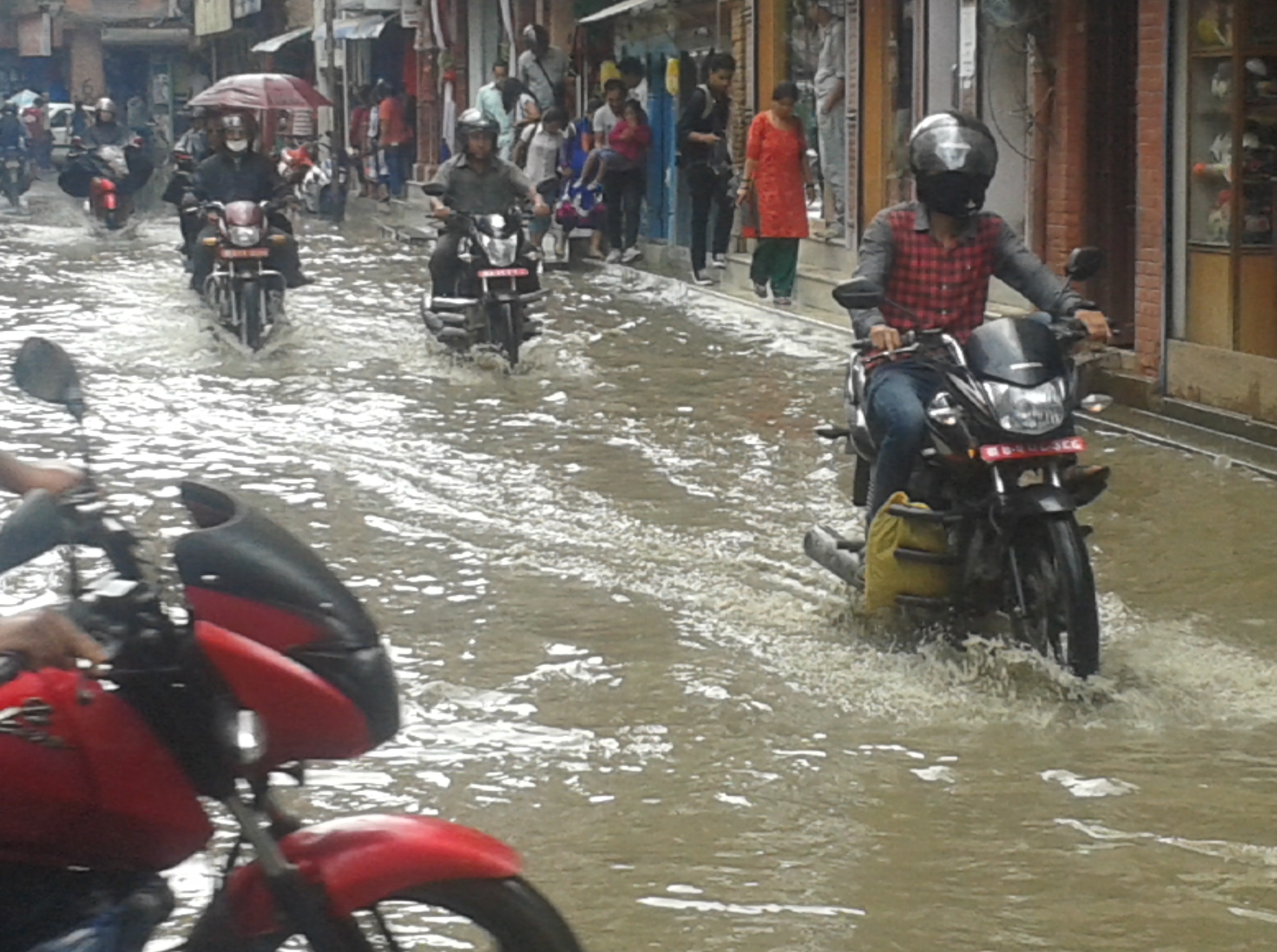Impact of Urbanization and Climate Change on Urban Flooding: A case of the Kathmandu Valley
Main Article Content
Abstract
Climate change and urbanization are two phenomena that are now playing an important role in the development of infrastructure. Urban drainage systems are increasingly overburdened during extreme precipitation events, and are stretched to their limits by increasing populations. The present research seeks to contribute to the ongoing dilemma of quantification of the impact of both phenomena on urban pluvial flooding. The research has adopted both a quantitative approach and a qualitative approach, in which different software, such as RClimdex, a statistical downscaling model (SDSM) and PCSWMM are used. The Intensity Duration Frequency (IDF) curve for the current and future climate is developed based on the Gumbel distribution. The research explores the relationship between the increasing urban runoff and flooding due to increased imperviousness and extreme rainfall events due to climate change in the study area. The findings of the research show that future climate change conditions with present urbanization will increase pluvial flooding. There will be a 40 percentage increase in the flooding amount considering the current and future climate for a 25 year return period. Furthermore, the urban drainage management infrastructure designed based on current climate conditions will not be able to cope under future climate conditions.
Article Details
Issue
Section

This work is licensed under a Creative Commons Attribution-NonCommercial-NoDerivatives 4.0 International License.

